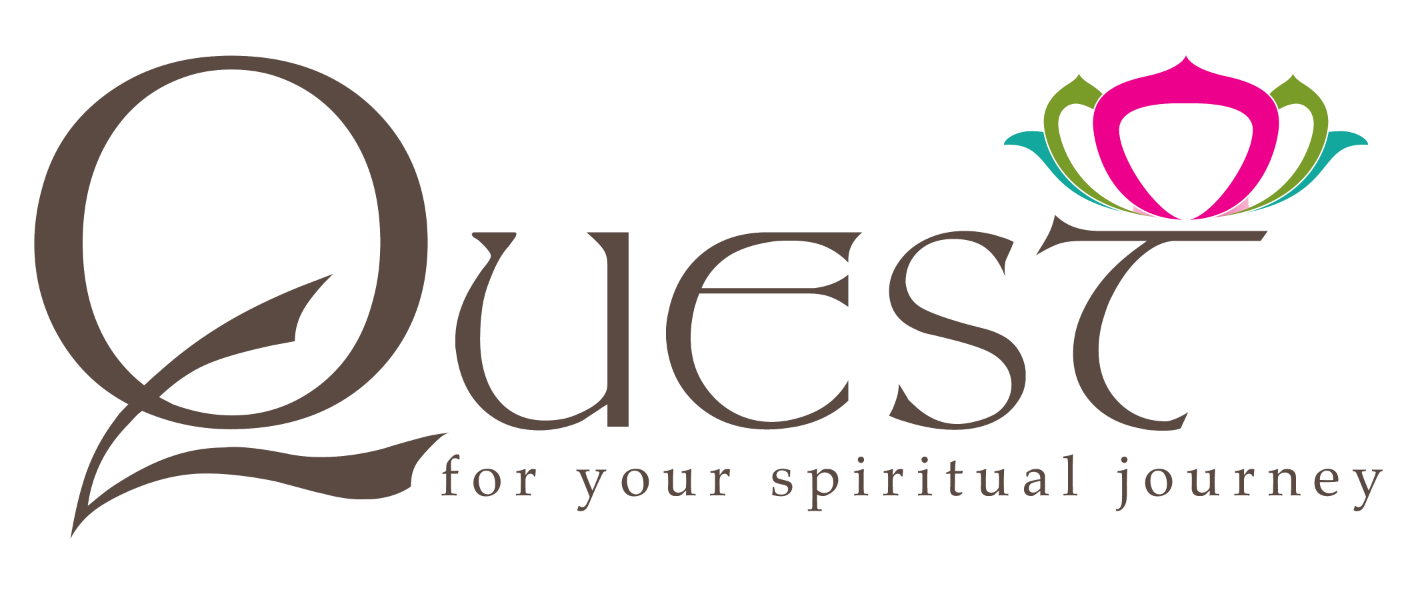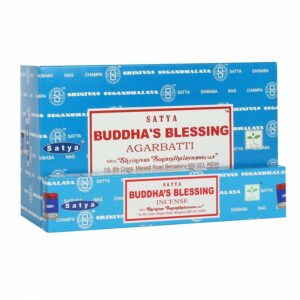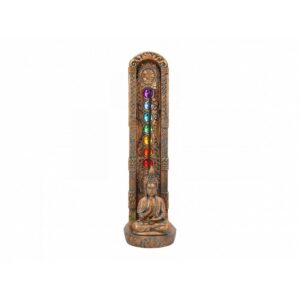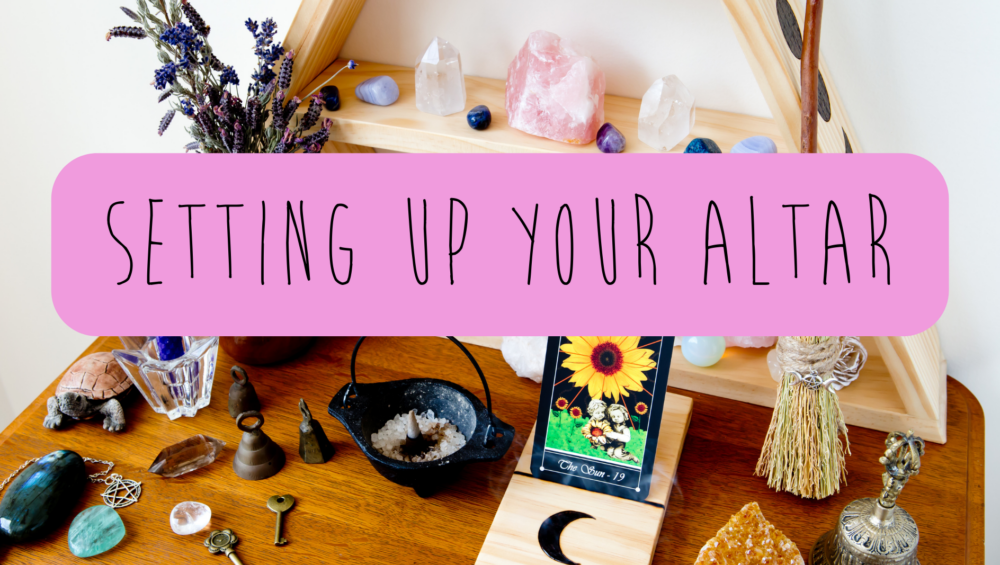Welcome to our blog! Here at Quest, we love to celebrate the richness of diverse spiritual traditions, and today we’re delving into the wisdom of Buddha. Whether you’re new to Buddhism or a long-time practitioner, understanding the essence of Buddha and his teachings can help to deepen your spiritual journey.
The Life of Buddha
Siddhartha Gautama, known as Buddha, was born around 563 BCE in Lumbini, in present-day Nepal. As a prince, he led a life of luxury, shielded from the harsh realities of the world. However, upon encountering suffering for the first time, he renounced his royal life in search of enlightenment and a path to alleviate human suffering.
For six years, Siddhartha practiced extreme asceticism but found it insufficient for true enlightenment. He eventually adopted the Middle Way, a balanced approach between indulgence and austerity. Under the Bodhi tree in Bodh Gaya, after profound meditation, Siddhartha attained enlightenment and became the Buddha, the “Awakened One.”
Core Teachings of Buddha
Buddha’s teachings, known as the Dharma, are centered on the Four Noble Truths and the Eightfold Path, which offer a guide to overcoming suffering and achieving spiritual liberation.
The Four Noble Truths
- The Truth of Suffering (Dukkha): Life is filled with suffering and dissatisfaction.
- The Truth of the Cause of Suffering (Samudaya): Suffering is caused by desire and attachment.
- The Truth of the End of Suffering (Nirodha): It is possible to end suffering by overcoming desire.
- The Truth of the Path to the End of Suffering (Magga): Following the Eightfold Path leads to the cessation of suffering.
The Eightfold Path
- Right Understanding: Comprehending the Four Noble Truths.
- Right Intent: Cultivating good intentions and a commitment to ethical and mental self-improvement.
- Right Speech: Speaking truthfully and compassionately.
- Right Action: Behaving in a manner that is ethical and non-harmful.
- Right Livelihood: Earning a living in a way that does not harm others.
- Right Effort: Cultivating positive states of mind, free from unwholesome qualities.
- Right Mindfulness: Maintaining awareness of our body, feelings, mind, and phenomena.
- Right Concentration: Developing deep mental focus and meditation.
Incorporating Buddha’s Teachings Into Daily Life
At Quest, Buddha is more than just a historical figure. He represents a path to inner peace and enlightenment. Many people find inspirtation and guidance in Buddha’s teachings, applying them to their daily lives to foster compassion, wisdom, and mindfulness. Here are some practical ways to incorporate his wisdom into your everyday life:
- Mindful Meditation: Set aside time each day for meditation. Start with just five minutes and gradually increase the duration. Focus on your breath and observe your thoughts without judgment.
- Practice Compassion: Actively practice compassion towards yourself and others. Small acts of kindness can significantly impact your well-being and the lives of those around you.
- Simplify Your Life: Reduce unnecessary clutter and distractions. Embrace minimalism and focus on what truly brings you joy and peace.
- Ethical Living: Make conscious choices that reflect your values. Whether it’s through your profession, consumption habits, or relationships, strive to live in a way that causes the least harm and promotes harmony.
Buddha Statues: Symbols of Enlightenment and Peace
In our beautiful shop, we offer a variety of Buddha statues, each imbued with profound symbolism and spiritual significance. Placing a Buddha statue in your home or meditation space can serve as a powerful reminder of your spiritual goals and aspirations. Here are some popular types of Buddha statues and their meanings:
- Meditating Buddha: Often depicted with hands in the Dhyana Mudra, this statue symbolizes serenity, inner peace, and meditation.
- Laughing Buddha: Known for his joyous expression and large belly, the Laughing Buddha represents happiness, abundance, and good fortune.
- Teaching Buddha: With hands in the Dharmachakra Mudra, this statue represents the transmission of knowledge and the path to enlightenment.
To Conclude
Embracing the wisdom of Buddha is a journey towards understanding the deeper truths of life and cultivating inner peace. At Quest, we are here to support you on this path with our carefully curated selection of spiritual tools and resources. Whatever you are seeking, we are committed to providing you with the guidance and support you need.
Visit us today and take the first step on your path to enlightenment. May the teachings of Buddha bring you peace, wisdom, and happiness.
Namaste.
We’ve Got You Covered
We’ve handpicked a number of our Buddha inspired products to share with you below. If you after something in particular, please don’t hesitate to contact us, or pop in and we’ll be more than happy to help.
If you like what you’ve read and would love more magic in your daily life, sign up to our newsletter, pop into store or visit us online at www.spiritualquest.co.uk – Quest is a close, family run business that has been open for over 17 years – we have cultivated a shop & wellbeing centre filled with beautiful crystals, magical energies & lots of love and laughter!






